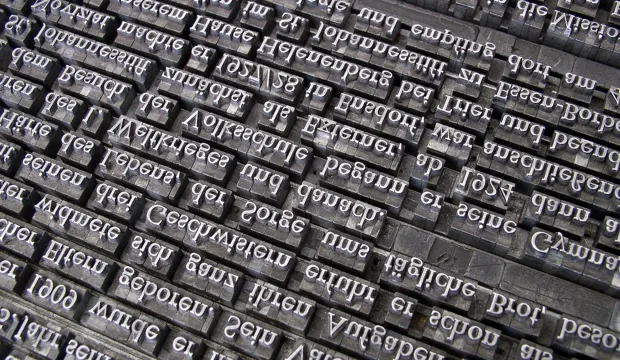
Easy rainbow experiment
Using paper and a CD to create rainbow reflection patterns
When light reflects off the back of a CD, we see all the colours of the rainbow, but why does this happen? We will find out in this fun rainbow science experiment for kids!
This is one of a set of free STEM resources developed to support the teaching of the primary national curriculum. They are designed to support the delivery of key topics within maths and science. This resource focuses on using a torch and CD to create rainbow reflection patterns on a piece of paper.
This activity could be used as a starter or main activity to introduce the concept of reflection, or as one of several activities within a wider scheme of learning focusing on how light behaves.
Activity: Easy rainbow experiment
In this activity learners will use a torch and a CD to create ‘rainbow’ reflection patterns on a piece of paper. They will learn about how light reflects off objects, the colours that make up white light and how these are separated when a torch is shone onto a CD.
Working in the dark can be potentially dangerous, so ensure all risk assessments are in place and learners are not moving around the room whilst the lights are switched off. Learners should see different colours reflect off the CD and onto the paper to create a rainbow effect. They could move the torch around to create different patterns of colour.
The white light from the torch is made up of seven different colours (red, orange, yellow, green, blue, indigo and violet). These are split into their separate colours by the CD and reflected onto the paper stuck to the wall, thus creating a rainbow effect!
This is a quick and easy rainbow experiment that will take approximately 15-30 minutes.
Tools/resources required
- A3 paper or thin card
- Torches
- Compact discs (CDs)
- Masking tape
- Access to room that can be made dark
The engineering context
An understanding of light and reflection are vital to the development of photography, lighting, and security equipment. For example, cameras, smart lighting systems, and alarm sensors.
Suggested learning outcomes
By the end of this activity students will know that white light is made up of seven different colours (red, orange, yellow, green, blue, indigo, and violet), they will have an understanding of how light reflects off objects and they will be able to use a torch, paper and CD to create rainbow reflection patterns.
Download the free Easy rainbow experiment activity sheet below!
All activity sheets, worksheets and supporting resources are free to download, and all the documents are fully editable, so you can tailor them to your students’ and your schools’ needs.
The activity sheet includes teacher notes, guidance, useful web links, and links (where appropriate) to the national curriculum in each of the four devolved UK nations; England, Northern Ireland, Scotland and Wales.
Please share your classroom learning highlights with us @IETeducation.




